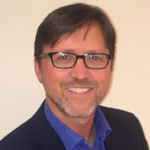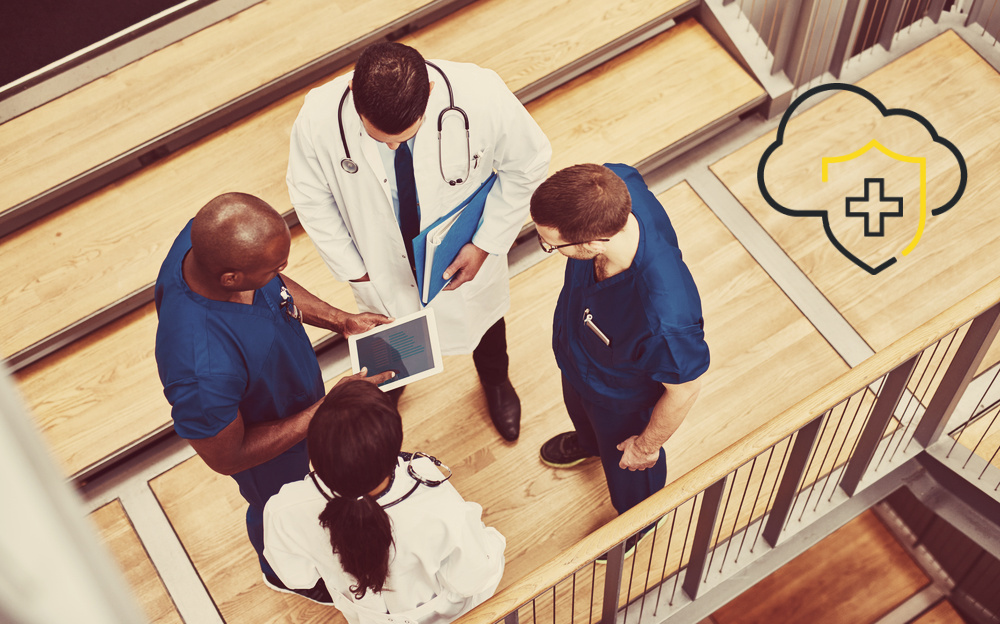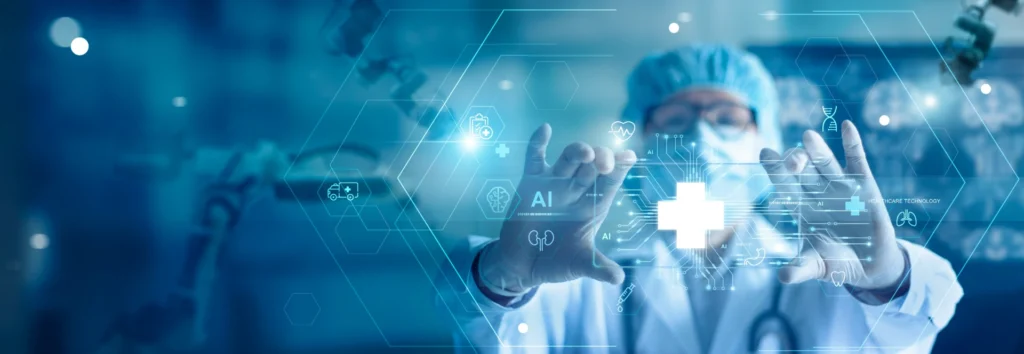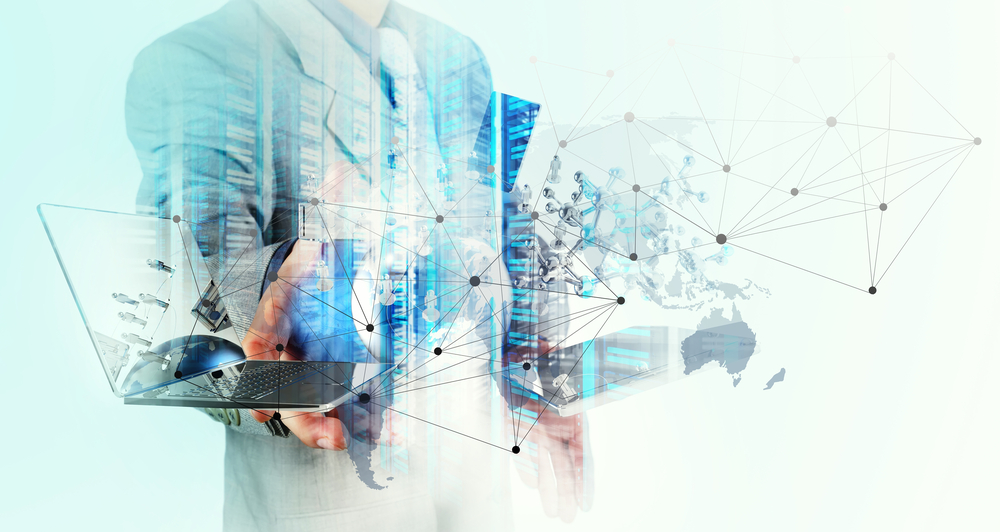
by Darin Brannan
Co-founder and CEO
ClearDATA
This is the first in a series from ClearDATA CEO Darin Brannan. He’ll be addressing healthcare trends and sharing his perspective of what this all means to other C-suite and VC execs in the industry.
Personalizing the Patient Experience
There’s been a drive to be more patient/member centered across healthcare over the last couple of years, but recent events around COVID-19 have caused our industry to step on the gas, moving from our leisurely Sunday drive mentality to a Formula 1 mindset.
I see it in my family. My wife would be what I consider a late majority joiner to telehealth before COVID-19. She might try it if no other option existed but would likely lean on the more familiar way of driving any of our three girls to the doctor when needed. Fear of spread changed her world view as it has many, and in the process, it also changed the way she manages and ‘owns’ healthcare in our house now and forever more.
Because she is connected to her practitioners via her laptop or phone, the conversations are actually deeper. She is asking more astute questions and does work pre-call and during call to research and identify issues. Her doctor is accessing databases and sharing knowledge in ways they couldn’t off a clipboard face-to-face. There’s a heavier reliance on reference data on both the consumer and physician side, and it’s evidenced in my house as it is most likely in yours. According to CMS Administrator Seema Verna, 9 million people in the U.S. have used some form of telehealth since the early days of COVID-19.
And that’s just the beginning of healthcare’s massive move to be patient-centered and meet us where we are. With the expansion of Healthcare-IoT, we’ll also see more in-home devices and wearables helping us monitor and manage our health. It might be as simple as “Hey Alexa, where’s an optometrist in my plan,” or it may be clearing documents before you arrive at an urgent care to speed triage. Instead of navigating burdensome portals, you may just interact with an AI-powered, user-friendly chatbot on your phone to gain understanding of what is covered by your medical plan and what is self-pay. Several early versions of self-diagnosis-AI apps are in your mobile app store today.
We will see more than vibrational nudges from our watches when we’ve been sitting in front of chat and email for too many consecutive hours. The advances happening in remote monitoring devices are impressive – from glucose monitors to cardiac and even gastric measurements. All of this data can be compiled by your physician and care team while you maintain your life in your home. And with that data, they can send you predictive analytic-driven nudges and reminders to do everything from behavioral modification to medication changes. Data can also be used to alert your physician of increased probability of a pending event, allowing you both to get in front of that before anything hits crisis proportions.
We can say goodbye to the days where we had to put our lives on hold and check into a hospital for 36 hours of continuous monitoring, and instead simply stick a bio-sticker on our body and let it stream data to our physician.
Centralizing and Organizing Big Data
But for all of this to work, the data has to be organized and centralized. Enter the cloud. The public cloud is the best way to deliver IT because it offers more agility, flexibility, versatility, scalability, and usability. And when configured properly, it also expands the opportunity for interoperability which means you as a patient or insurance plan member will be able to access your healthcare data wherever you are, directly from your personal devices. The performance on the cloud is far superior to anything any healthcare organization – even the largest payers and providers – could offer from their data centers. And the huge cost advantage – the ability to not only scale up but also to scale down – gives you a pay-by-the-drink option to only pay for what you are using, when you are using it. That can bring some impressive cost efficiencies.
As more and more data enter the healthcare cloud, the large data sets can be used more effectively to address the social determinants of health and other population health issues like the pockets of super spread we have seen with COVID-19. We need massive amounts of data to make the decision tree logic work with high degrees of accuracy in predictive analytics. One of the challenges here has been the recency of the data and the ability to apply it to the right affliction sets so we can discern predictive behaviors. We are at the nascent stage of being able to extrapolate really meaningful data from wearables, but we are progressing at a mind-boggling speed here in 2020.
And as compared to antiquated, fractured legacy healthcare IT systems, the ultra-effective consolidated threat defense mechanisms available on the cloud allow for a far greater amount of security, much of which can be managed, as we do for our customers at ClearDATA, using cloud expertise, healthcare knowledge and emerging tech like DevSecOps. This ultimately provides a consistently secure and compliant environment, so healthcare organizations can innovate and make this trend a matter of every day living.
Consumerism Drives Engagement
This consumer approach helps make us all better owners of our health. I come from a family of physicians, and they always remind family members: “The best physician you have is you. No one knows you like you. Be involved in your health and wellness.” This is not to say don’t seek professional help – just that we can’t be passive about our health, we need to engage. All of these apps and devices that meet us where we live can boost that engagement. It’s a scary time out there right now to be sure, but to see the way the healthcare industry is rallying and really putting patients at the center of all they do is inspiring and gives me hope for a stronger, brighter, healthier future. I’m glad to be part of that wave using data in the cloud to bring us all a healthcare experience that meets us where we are and gives us what we need, when we need it.


